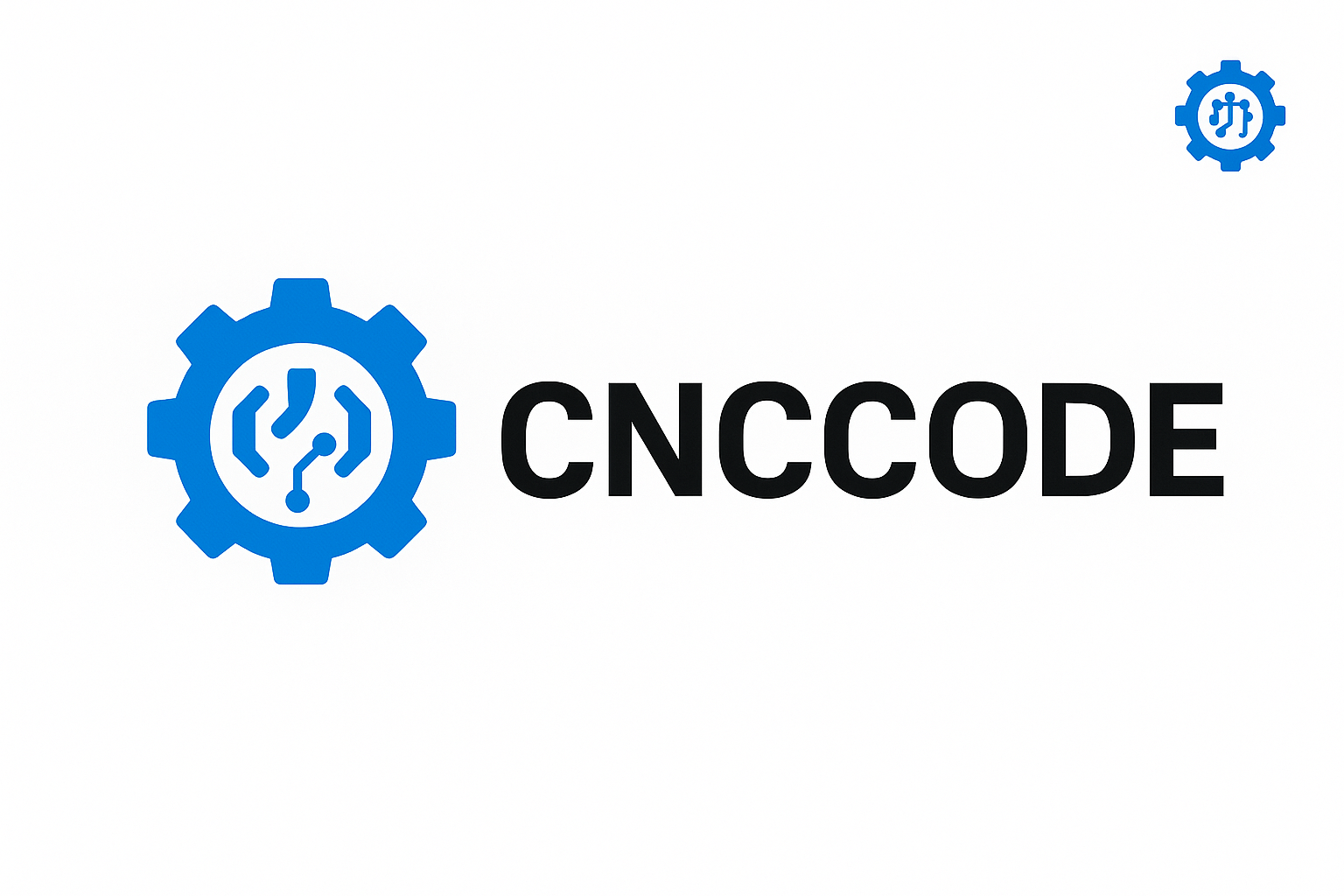Welcome to the most comprehensive CNC glossary ever compiled on the internet. Whether you’re a beginner, a seasoned machinist, a CNC programmer, or a shop owner, this blog is your go-to reference. Save it, bookmark it, and share it — because every time you return, you’ll learn something new. Let’s dive into the essential language of CNC machining.
🔠 A to Z CNC Glossary
A
- Axis
A direction in which the machine moves. Common machines are 3-axis (X, Y, Z), while advanced ones are 4, 5, or even 6-axis. - Automatic Tool Changer (ATC)
A feature that automatically swaps tools during machining without manual intervention.
B
- Backlash
The amount of play between mechanical components, often causing precision errors. - Ball Screw
A high-precision screw that converts rotary motion to linear motion with minimal friction, essential in CNC movement.
C
- CAM (Computer-Aided Manufacturing)
Software used to create toolpaths from CAD models for CNC machines. - CNC (Computer Numerical Control)
An automated control method for machining tools via computer input. - Coolant
Liquid used during machining to reduce heat and prolong tool life.
D
- Depth of Cut
The thickness of the material removed in one pass. - Drilling
A process of cutting round holes into a material using a rotating tool.
E
- End Mill
A type of milling cutter used in vertical milling machines. - Encoder
A device used for feedback in motion control systems, crucial in CNC accuracy.
F
- Feed Rate
The speed at which the cutting tool advances through the material. - Fixture
A device that holds the workpiece in place securely during machining.
G
- G-Code
The standard CNC programming language used to control machine movements. - Grinding
A finishing process using an abrasive wheel to achieve high surface quality.
H
- Hardness
A material’s resistance to deformation — essential for choosing cutting parameters. - Helical Milling
A method where the tool spirals into the material, used for holes or slots.
I
- Interpolation
The process of calculating movement between two points. Common types: linear, circular, and helical.
J
- Jogging
Manually moving machine axes for setup or alignment.
K
- Kerf
The width of material removed during a cutting process.
L
- Lathe
A CNC machine that rotates the workpiece against cutting tools. - Linear Guideway
A system allowing smooth, precise linear motion, critical in CNC axis design.
M
- M-Code
Supplementary CNC commands used for machine functions like coolant control or spindle start. - Milling
A machining process using rotary cutters to remove material.
N
- NC (Numerical Control)
Predecessor to CNC, using punch cards or tapes to control machines. - Nest/Nesting
Arranging parts efficiently on a sheet for cutting (often in laser/plasma operations).
O
- Offset
Adjustments made to tool or workpiece position for accuracy.
P
- Plasma Cutting
Cutting electrically conductive materials using a high-temperature plasma arc. - Post-Processor
A file or software that converts CAM data into CNC machine-readable code.
Q
- Quick Change Tool System
A tool holder system allowing fast tool swaps, increasing production speed.
R
- RPM (Revolutions Per Minute)
Spindle speed; a key factor in machining performance. - Runout
The wobble or deviation of a tool or spindle, affecting precision.
S
- Spindle
The rotating component that holds and drives the cutting tool. - Surface Finish
The texture/quality of the machined surface, often measured in Ra (roughness average).
T
- Toolpath
The programmed path that the cutting tool follows. - Tapping
Cutting internal threads using a rotating tool.
U
- Under Cut
A recessed cut that cannot be machined using a straight tool path.
V
- VFD (Variable Frequency Drive)
Controls spindle speed by varying electrical frequency.
W
- Workholding
Devices and methods used to secure a workpiece. - Work Coordinate System (WCS)
Defines the location of the workpiece origin for programming.
X, Y, Z
- Represent the machine’s Cartesian coordinate system.
BONUS: Industry Acronyms
- DNC – Direct Numerical Control
- FMS – Flexible Manufacturing System
- HSM – High-Speed Machining
- RP – Rapid Prototyping
- STL – Stereolithography File Format
- STEP – Standard for the Exchange of Product Model Data
📌 Final Thoughts
This CNC glossary is not just a list—it’s a living resource for anyone looking to dominate the field of machining and manufacturing. Whether you’re writing G-code, running CAM simulations, or setting up your first CNC router, these terms will keep you informed and confident.
💬 Bookmark this post and visit cnccode.com frequently—we’re building the most trusted CNC knowledge base on the web.

Leave a comment